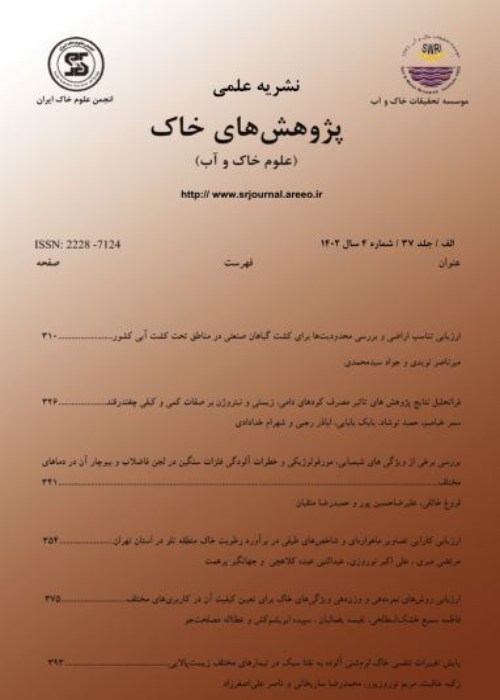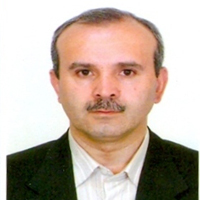Monitoring Respiration Changes in a Light Naphtha-Contaminated Sandy Loam Soil under Different Bioremediation Treatments
Petroleum hydrocarbons are one of the most common groups of organic pollutants in the environment. Bioremediation of soils contaminated with petroleum compounds is an effective process for cleaning petroleum pollutants in the environment. In the present research, to reduce light naphtha (1%) pollutant in in a sandy loam soil, different bioremediation methods including biostimulation, bioaugmentation, and integrated treatment (including both bioaugmentation and biostimulation) were used. This experiment was done as a split-plot design with three factors (pollution, bioremediation, and time) with 3 repetitions in 3 kg pots. After running the experiment at time intervals of 0, 5, 10, 15, 20, 30, 45, 60, 90 and 120 days, samples were taken from the test pots and parameters including basal respiration (BR) and substrarte-induced respiration (SIR) were measured. The results showed that application of bioremediation treatments had reduced light naphta pollution. Also, petroleum pollution had affected the activity of soil microorganisms, such that the maximum amount of BR and SIR was obtained in the early days; but with the passing of time, BR had a sharper drop compared to SIR. Seemingly, the microbial community responded to added glucose as a simple and available carbon source, and SIR was less reduced, but, probably, basal respiration encountered lack of carbon sources and decreased more. The results showed that, among the bioremediation treatments, integrated treatment had a greater effect on the reduction of petroleum hydrocarbons than other bioremediation treatments at the probability level of (P<0.01). The use of integrated treatment, in addition to increasing the active microbial population involved in the decomposition of petroleum compounds and providing optimal conditions for their activity, stimulates the indigenous soil microbial population and is a suitable method for removing petroleum compounds.
- حق عضویت دریافتی صرف حمایت از نشریات عضو و نگهداری، تکمیل و توسعه مگیران میشود.
- پرداخت حق اشتراک و دانلود مقالات اجازه بازنشر آن در سایر رسانههای چاپی و دیجیتال را به کاربر نمیدهد.



